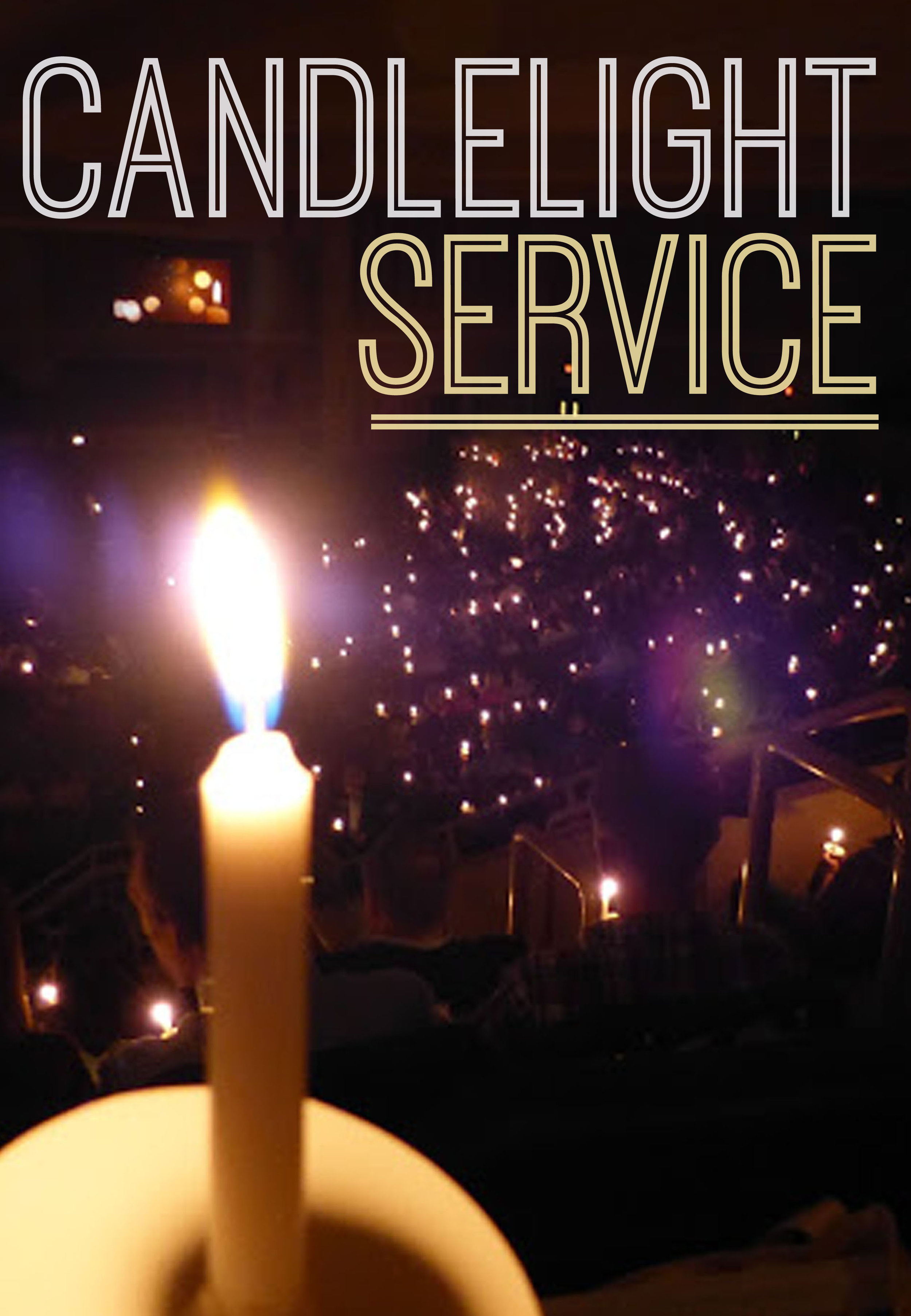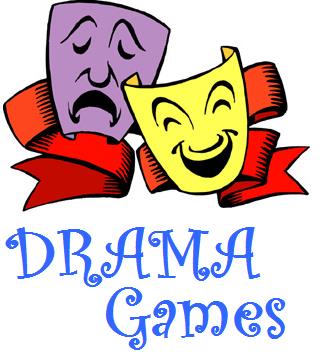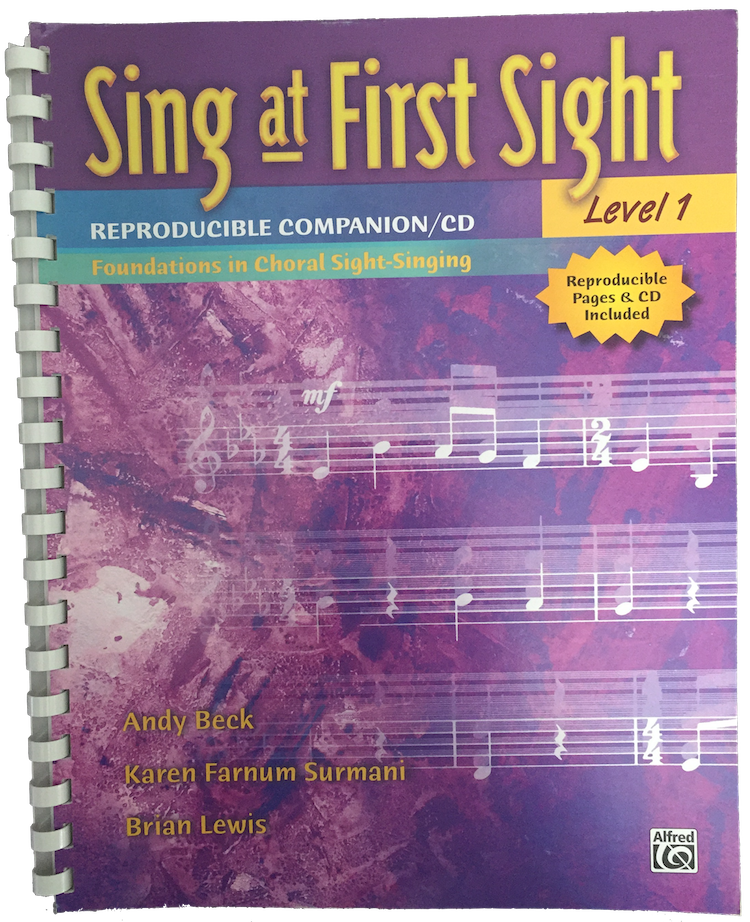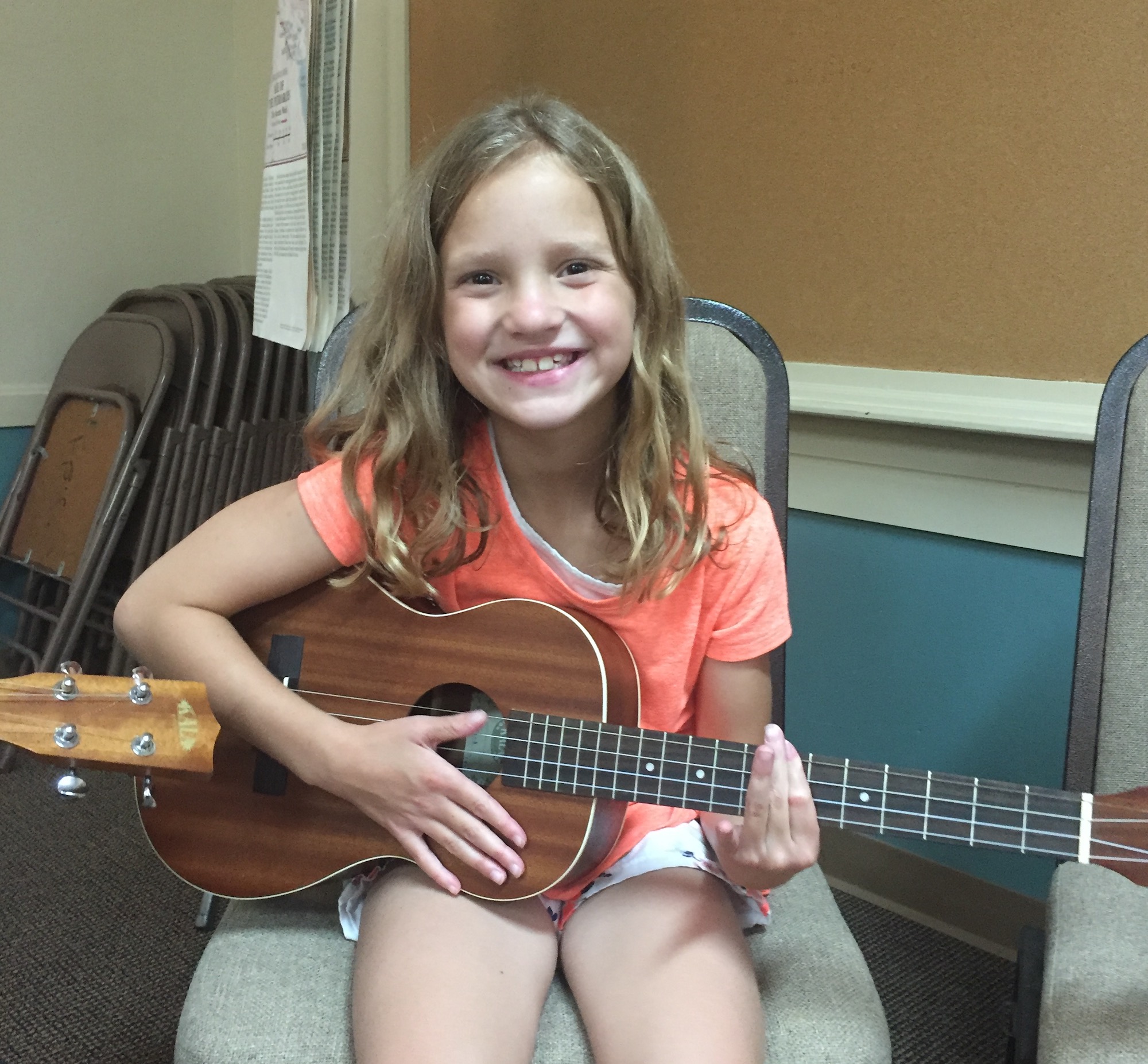A few summers ago, I taught a photography class to a group of kids at a state-wide music camp. Many of the students that attended the class had marginal cameras at best, but they learned to take good photos with the equipment they owned. That experience got me to thinking that a track which focused on photography might be a good option for our KWA kids at some point. Having been an amateur portrait photographer for several years, I’ve gleaned a few pointers to help beginners get started. The tips below apply mainly to taking portraits, but they can also be utilized in other forms of photography as well.
In my opinion, the primary difference between a snapshot and a portrait boils down to two things: lighting and composition. If one can grasp these two basic concepts early, then the other components of the photography art (posing, lens selection, camera settings, etc.) usually can be conquered later as the student continues to develop. Furthermore, neither of these primary items necessarily requires expensive equipment.
Concerning lighting, one of the easiest and least expensive ways for a novice photographer to get great portraits is to shoot outside about an hour before sunset. At that time of day, the sun has moved behind local trees and/or buildings. Everything is still well lit, but the large open sky is providing the primary illumination - not the harsh sun. With a typical consumer camera, one will have about thirty minutes or so before it starts to get too dark to shoot. When shooting at other times of the day, I try to position my subject on the edge of "open shade" - still in the shadows, but just barely. Cloudy days are also great for portraits. The main point to remember is this: To make the most pleasing outdoor photos in most locations, avoid direct sun-light when possible.
Regarding composition, the general rule of thumb is this: Portraits usually look best when the subject's eyes are about 1/3 from the top of the frame. Most pictures also look the most pleasing when there is a bit more room in front of the subject than behind.
The other compositional component of which to be mindful is the background. Make sure everything complements the subject. While there are always exceptions, a good default approach is to make sure the background is not overly bright or distracting. Never be afraid to reposition your subject if the current location does not lend itself to a flattering portrait. Other than that, just experiment with what looks best. Move the camera position and/or your subject around within a scene until a location/angle is found that works best.
With these basic tips in mind, quality portraits are easily within the reach of almost any photographer regardless of their equipment, age, or experience.

















